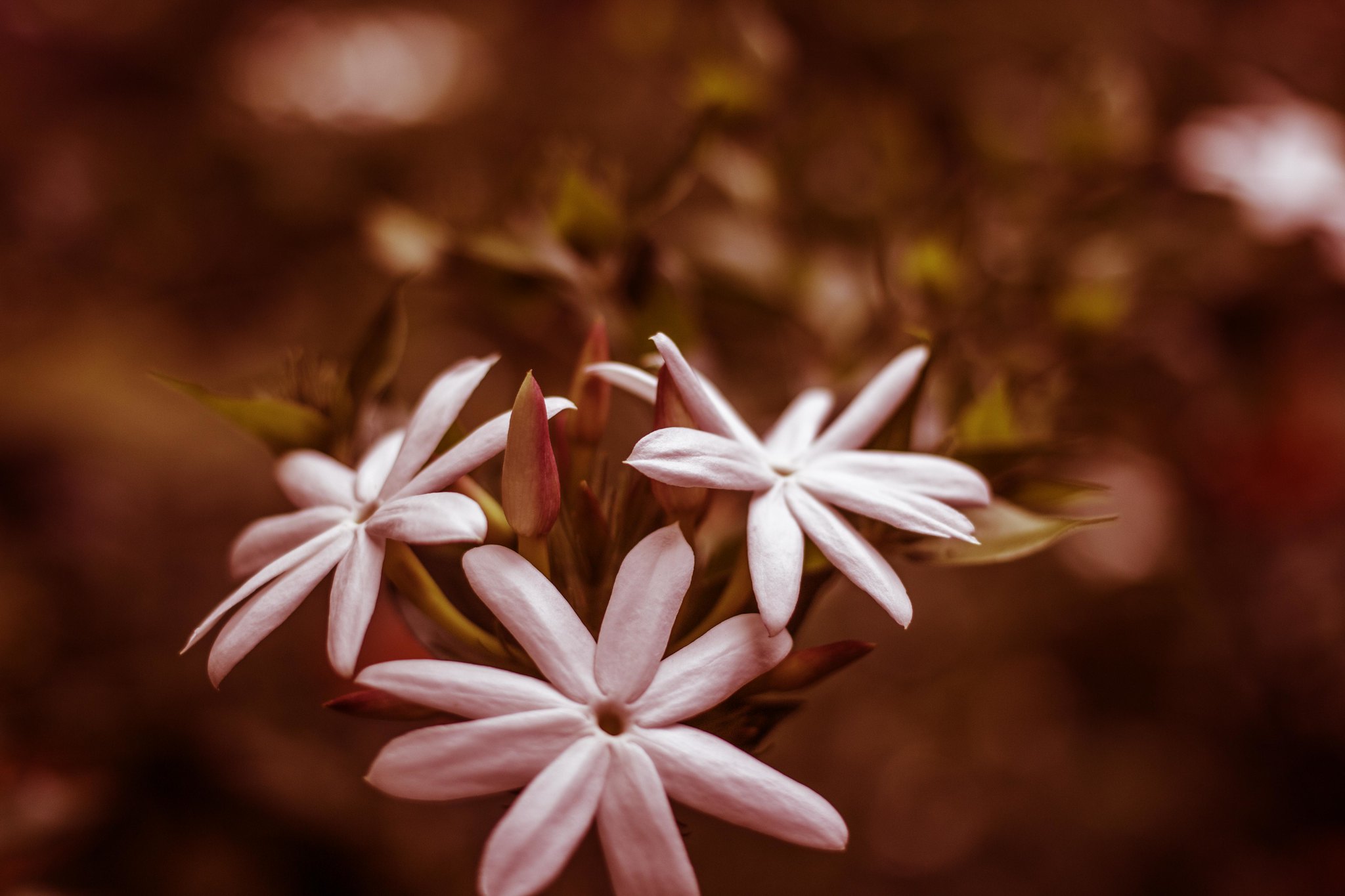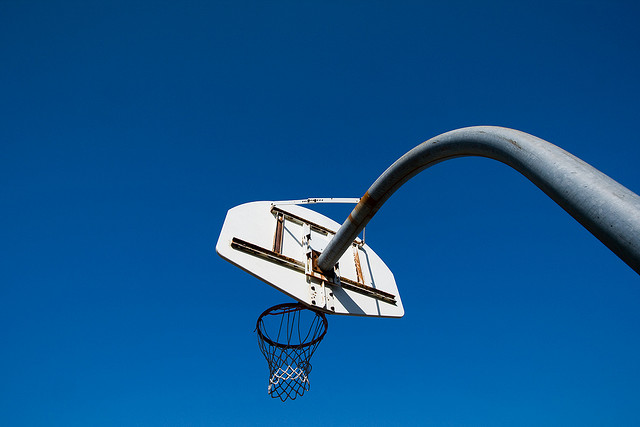
Raveendra Jayashantha
By Anjali Enjeti
When my father immigrated to the United States from India in 1971, many of his relatives followed in his diasporic footsteps. By 2006, the year his mother, my Avva, passed away, our only family members left on the subcontinent were his sister, his eldest brother, and their spouses. Today only a single aunt and uncle of mine remain. All of my first cousins immigrated to either Australia, Singapore, Europe, or the United States. Even though I have never lived in India myself, with each relative’s migration I felt more untethered to a country I had grown to love as much as my own.
When I learned the piece of furniture that once held Avva’s neatly folded saris was up for grabs, I leapt at the chance to bring it back to Georgia. It arrived several months later, after a harrowing and outrageously expensive journey, in a state of utter disrepair. Part of the base had broken off, so it stood at a slant like the Leaning Tower of Pisa, threatening to topple over at any moment.
After its restoration, I discovered something on its floor I hadn’t noticed before—a fading white six-pointed star. Simple, yet elegant. Perfectly centered. A square border surrounded it like a picture frame. It was a muggulu, a design Avva created out of flour.
She would never have called herself an artist, but Avva created this art in the mornings in the courtyard and in the pooja room at her home. I can still picture her squatting in her sari, a stream of powder flowing from between her index finger and thumb. She did this in long swift strokes like the conductor of an orchestra. Stars, swirls, dots, and flowers blanketed the ground.
After her death, the developers who purchased my grandparents’ house converted it to condominiums. The canvas for her artwork became the foundation for a newer, more modern Hyderabad known as the Silicon Valley of India. The sari chest is all that remains of my grandparents’ home, and my childhood memories of Avva’s artwork.
Over the years, I’ve contemplated how to preserve the muggulu best. Should an artist friend restore it with a fresh supply of rice flour? Should my daughter trace it with white acrylic paint for a more permanent solution? How do I recreate something vital to my heritage, to my identity, so that it will always stay with me?
•••
Who am I? I am a woman of color. I am brown. Mixed race. Indian, Austrian, Puerto Rican. I represent multiple souths—South Asia, southern India, and the Deep South in the United States. I am an immigrant’s daughter. Claiming each of these identities has shaped and refined my perspective of the world. It has helped me to find and immerse myself in a community that nurtures all of these parts of me. And the act of claiming my identity has empowered me to engage on a sociopolitical level, to grow my empathy, to reflect on the ways I fall short in the liberation of others. And to learn how to rectify this.
The claiming of identity and the evolution of a point of view sow the seeds for social change. For if we are lucky, if we follow the idea of the self far enough, it can end at a community that prioritizes compassion and justice in order to build a kinder, more equitable, more humane world.
In the summer of 2019, two friends and I decided we needed to work harder to keep members of the South Asian American community in Georgia more politically engaged year-round. The problem, as we saw it, was that our South Asian friends tended to come together for various Democratic campaigns, but as soon as the election passed, we lost touch, dispersed, and disengaged with politics until the next election season ramped up.
The three of us decided to start the Georgia chapter of They See Blue, an organization for South Asian Democrats.
Like any movement, ours began small. In August 2019, about a dozen people showed up to our first meeting at an Indian restaurant. Six months later we packed 150 people into a room for a 2020 Election Kickoff event featuring Georgia’s former House minority leader Stacey Abrams, three U.S. Senate candidates (Sarah Riggs Amico, Mayor Teresa Tomlinson, and Jon Ossoff), and state senator Sheikh Rahman.
Today we are over four hundred strong.
Our members have roots in several different countries, faiths, languages, and regions. We are immigrants and U.S.-born. We are learning how to be better allies and accomplices to other communities more marginalized than our own. We are interrogating our anti-Blackness. And we are mobilizing together to help flip Georgia blue.
Despite the risk posed by Covid-19, in the fall leading up to the 2020 presidential election, we worked ourselves to the bone for the Biden-Harris campaign and all down-ticket Democrats. We made thousands of calls, sent thousands of texts, and wrote 7,000 postcards on behalf of Democratic candidates. We hosted virtual forums with candidates. We educated South Asian voters about the voting process and trained to be poll workers and poll monitors. Our labor has paid off. Asian Americans and Pacific Islanders nearly doubled their voter turnout in Georgia from 2016. Approximately three-quarters of AAPI voters voted for Biden. Georgia’s sixteen electoral college votes will go to the Democratic presidential candidate for the first time since 1992.
What I am most proud of, though, are the South Asians in Georgia, many of whom had little to no experience with political activism until this election, who found a community in They See Blue Georgia and threw themselves into this work.
This, to me, is the heart of how identity shapes activism. It is the process of engaging people in our communities who have traditionally and intentionally been excluded from political discourse.
It is a movement about solidarity, camaraderie, coalition building, and lifting one another up. It’s about how our shared identity can propel us to become agents of social change, whether this takes the form of running for office, volunteering on a campaign, registering voters, or protesting.
It is who we are and where we come from.
•••
I consult a neighbor before I begin. “It will stay longer if you make the rice flour wet,” she says. “Turn it into liquid. Then you can paint with your finger.”
I watch a few YouTube videos to psyche myself up. I am no artist. I pour some rice flour into a bowl and add water, equal parts. With a fork, I swish the mixture, scraping it from the sides. Eventually it thins evenly. I attempt to paint a design on my countertop with my fingertip, as my neighbor suggested, but my finger makes for a clumsy brush. Instead I roll a sheet of paper into a funnel, pour the wet flour into it, and bend the tip to trap the mixture so it doesn’t escape before I’m ready. I practice again, this time forming half of a sloppy circle. Still, it’s progress.
I’m no match for my grandmother’s dexterous hand. Many years ago, she offered to teach me muggulu when I visited her home. I declined. What I produce now will not measure up. It will fail to honor her legacy. But this no longer matters. She would want me to try.
I sit cross-legged at the base of the sari chest, the door propped wide open, and take a deep breath. When I first unfold the tip of the funnel, the flour mixture rushes out too quickly. I wipe away the excess with a wet paper towel and begin again, squinting to locate my Avva’s neat outline. I position my hand over the design, and this time when the flour-ink flows, I’m ready. Curves and angles appear that I hadn’t noticed until I reunited them into one.
The image that emerges takes me by surprise. The faint pattern I had assumed these past nine years was a six-pointed star transforms into an eight-petalled jasmine flower, the same sweet-smelling blossoms my grandmother used to string into garlands at her home almost every morning. I would never have recognized her design for what it was if I hadn’t tried to restore it to its original state.
When I finish with the rice flour, I set aside the funnel and lean back to take it in. Some of the lines are shaky, too thick or too thin. Certainly, it is imperfect.
But in its very own way, it is beautiful.
•••
Reprinted with Permission from Southbound: Essays on Identity, Inheritance, and Social Change ©2021 by Anjali Enjeti (University of Georgia Press).
ANJALI ENJETI is a former attorney, journalist, teacher, and author based near Atlanta. Her books Southbound: Essays on Identity, Inheritance, and Social Change, and the novel, The Parted Earth were published earlier this year. Her other writing has appeared in the Oxford American, Harper’s Bazaar, USA Today, the Atlanta Journal-Constitution, Washington Post, and elsewhere. A former board member of the National Book Critics Circle, she has received awards from the South Asian Journalists Association and the American Society of Journalists and Authors. She teaches in the MFA program at Reinhardt University and lives with her family near Atlanta.

 Follow
Follow
